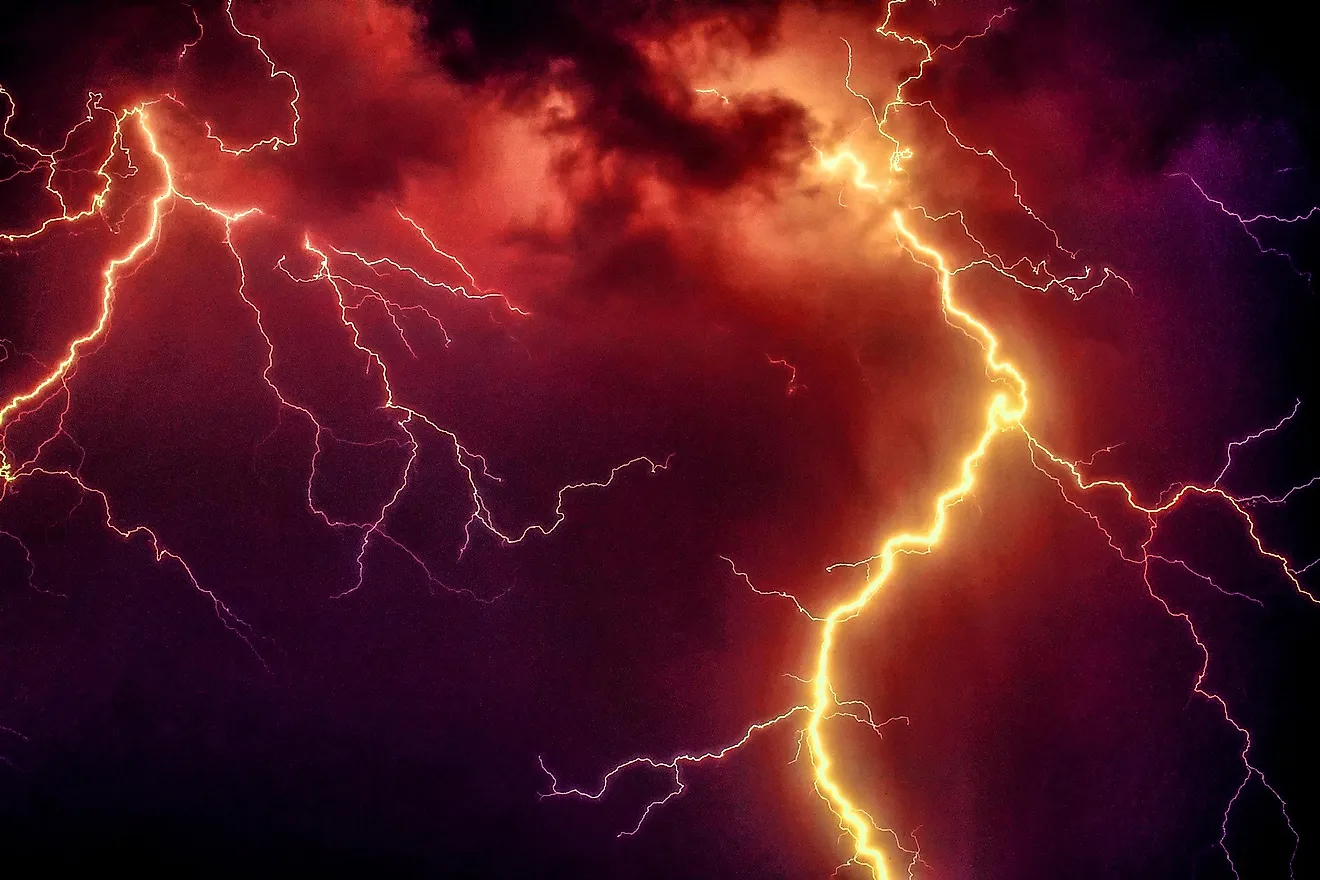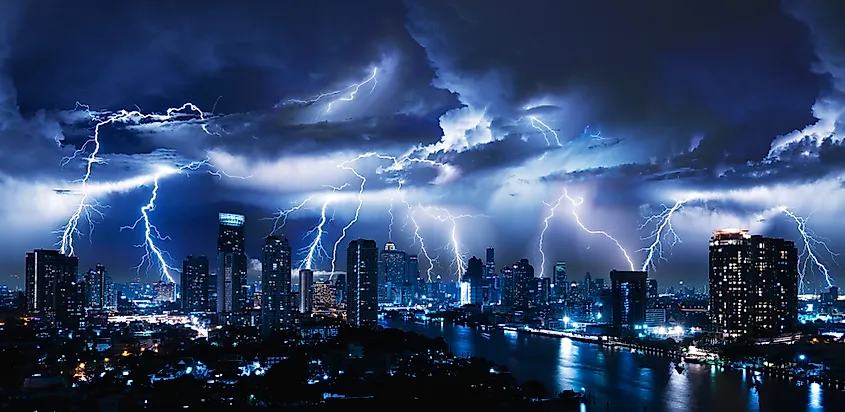The Biggest Thunderstorm Ever Recorded

- Throughout human history, there were many huge and dangerous thunderstorms, but the biggest one recorded was in India, and it occurred on December 1st, 2014. It was the highest voltage thunderstorm ever recorded, with 1.3 billion volts.
- Sunil Gupta, a scientist at the Tata Institute of Fundamental Research in Mumbai, measured the voltage of this thunderstorm along with his colleagues.
- The measured voltage was ten times bigger than the previously measured biggest thunderstorm. This makes this storm over India especially impressive and puts it in a category similar to other phenomena that produce extremely large amounts of energy, such as terrestrial gamma-ray flashes.
Thunderstorms can be terrifying, and are certainly one method nature uses to remind us of how small we actually are. No matter where you live, you probably know a few people that are afraid of thunder, you might be one as well. This is entirely normal because not many things in the world are as frightening as the sound and power of thunder.
Thunderstorms are storms that are characterized by the presence of lightning and its sound, which is known as thunder. They are usually accompanied by rains and strong winds and mostly occur inside of clouds that are known as a cumulonimbus.
Throughout human history, there were many huge and dangerous thunderstorms, but the biggest one recorded was in India, and it occurred on December 1st, 2014. It was the highest voltage thunderstorm ever recorded, with 1.3 billion volts.
Measuring Electric Potential
Sunil Gupta, a scientist at the Tata Institute of Fundamental Research in Mumbai, measured the voltage of this thunderstorm along with his colleagues. They used a special instrument known as the muon telescope to measure the electric potential of this thunderstorm. The exact electric potential is determined by measuring the voltage between the highest and the lowest parts of a thundercloud.
The muon telescope measures a lesser-known subatomic particle called the muon. A muon is similar to an electron, but it is much heavier. This particular model of the telescope was called the GRAPES-3, and it can measure particles with extremely high energy levels that come from space. These particles are known as cosmic rays.

The telescope typically manages to register around 2.5 million muons every minute, but once a thunderstorm hits, the numbers change drastically and quickly. The researchers at the Indian institute managed to find a way to express these changes in the number of muons as the voltage of the storms that are passing through.
The Storm Of The Century
This all helped them measure the voltage of the storm that appeared over India on December 1st, 2014. During this thunderstorm, the number of muons decreased by 2 percent, which is a huge decline. This can be expressed as the equivalent of 1.3 billion volts of electric potential. Of course, this was not a single bolt, but instead the power of the entire electric field that was generated by the thunderstorm. If you are wondering how big the voltage of standard thunderstorms is, it usually does not go over 100 million volts. This goes to show just how huge this particular thunderstorm was.
The measured voltage was ten times bigger than the previously measured biggest thunderstorm. This makes this storm over India especially impressive and puts it in a category similar to other phenomena that produce extremely large amounts of energy, such as terrestrial gamma-ray flashes.
The measurements made during this storm might not work in other thunderstorms, however, and they might require some tweaking to the method used. Some scientists propose the usage of drones or balloons that would help us make more accurate measurements. However, by using this model, we were able to record a thunderstorm that could generate the power on the level of a terrestrial gamma-ray flash, which is something we’ve only dreamed about prior to this event.











